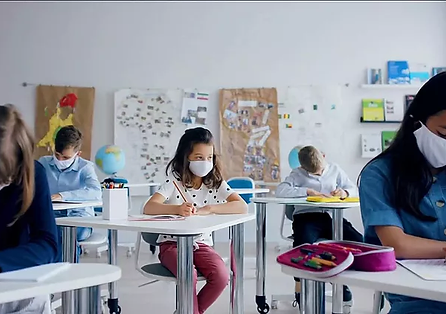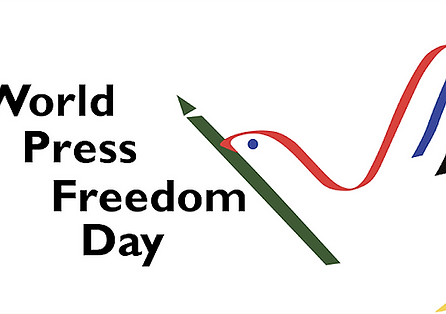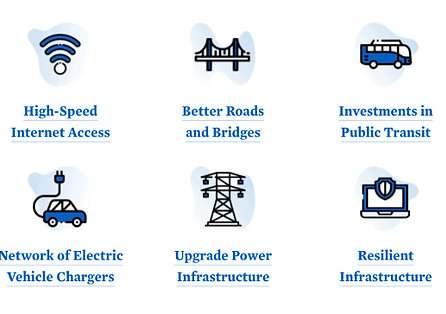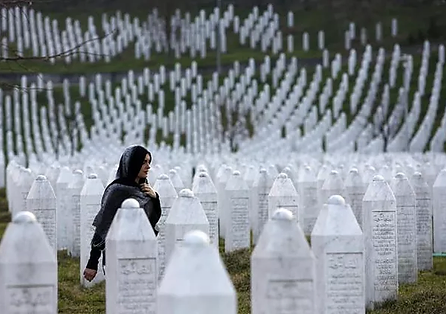
COVID Response Friend or Foe? The Tricky Gamble of Reopening Schools

School Reopenings and Risks: Turkey
Even though Turkey managed to reduce its COVID-19 cases throughout the last summer, as of September 2020, the number of cases began rising again. While the number of cases is tied back to the early-May statistics (1) , and as the published cases not being all patients (2) , perhaps there are hundreds or thousands more COVID-19 patients around. Amid these events and the relentlessly escalating number of COVID-19 cases all over the country, the Turkish Minister of Education lighted the spots over the reopening of the schools. (3) Switching back to traditional methods is necessary? Has online education failed to reach its goal? Let’s find out!
With the announcement of the Minister of Education Ziya Selçuk, on the 21st of September, some schools began reopening gradually, initially limited to only pre-schoolers and first-year pupils. (ibid) Later in October, it was announced that face-to-face education for all elementary school students and 12th graders to be relaunched. (5) While the rest is proceeding with online education methods, it was also reported that many students are still lacking the necessary means to keep up with these methods. (6)
The surveys conducted by MetroPOLL revealed that public opinion on the relaunching of face-to-face education is mostly on the negative side. Approximately 64% of the responses were “no”, while only 26% of the responses were “yes”, according to the survey. (7)
On the other hand, several studies conducted in Europe back the theory that the spread of COVID-19 does not occur in schools among peers. Research shows that risks are much less in younger children compared to teenagers and young adults. Deeper analyses of the sources of infections revealed that in most cases reported in schools occurred amongst pupils infected by adults in their households rather than others at school. (8) (9)
In conclusion, whether it be conducted online or in class, or maybe even hybrid, it becomes a double-edged sword. As it seems like we are still far away from coming up with absolute answers to the aforementioned questions, we can only wait and see what happens.
School Reopenings and Risks Around the World
Just like Turkey, many countries around the world have returned to in-person teaching this fall. To understand its consequences on COVID case counts and healthcare capacity we are going to compare two countries that have opened their schools: Germany and South Korea.
Germany
Since gradually opening their schools on August 7, Germany took a variety of precautions to keep students in class such as keeping classrooms ventilated, an extensive masking policy at schools, and reducing class sizes to smooth social distancing (10). The abundance of caution German schools have been displaying may be the reason schools weren’t to blame for any new outbreaks as late as mid-September (11). Nevertheless, Germany has reached the second wave of cases public health professionals have been warning us about since the beginning of the pandemic. The number of daily new cases Germany’s Robert Koch Institute has been reporting reached more than 10,000 a day (12). The Institute reported its record daily count of cases on October 29 with 18,681 cases. Despite rapidly rising case numbers could not discourage German officials to close down schools like spring. Even though Germany decided to close bars and restaurants along with gyms and concert halls they decided to keep schools and daycare centers open. German Chancellor Merkel cited “dramatic social consequences” that could occur if schools were closed to keep them open, a sentiment shared by officials in different countries around Europe (13). Just like the rest of Europe, Germany is insistent on keeping classes going in spite of rising COVID infections.
South Korea
South Korea has been hailed for its COVID response since before the start of the pandemic. The lessons South Korea learned from the SARS outbreak in 2004 have served them very well. With robust testing and contact tracing systems South Korea inherited from the 2002-2004 outbreak were instrumental in saving thousands of lives and indicated to the world what was needed to be done to eradicate COVID in the early days of the pandemic (14). As South Korea worked so hard to get ahead of the virus through locating and isolating cases early, they were able to avoid nationwide or regional lockdowns while keeping case numbers low and preventing loss of life. South Korea recorded only 26,511 cases and 464 deaths at the time of writing (15). Considering South Korea has more than 51 million inhabitants current case and death counts can be considered an enormous success compared to other countries (16).
As South Korea reduced infection rates, it decided to open high schools in late May, then to all grade levels on June 8 after several delays (17). Despite students being in schools and a lot of day-to-day life continuing, South Korea has managed to avoid a second wave of cases even though it experienced a small bump during late August (18).
An important factor in choosing the time to reopen schools was the number of cases recorded daily. South Korean officials only allowed schools to reopen after one case per one million people was reported or below (19). Other precautions included plastic dividers in classrooms and cafeterias between students, strict masking policies, social distancing reminders scattered around schools, sanitizers and masks distributed to students, and mandatory fever checks (20).
Despite these measures, South Korean schools constantly had to open and close again to fight new rises of cases as the pandemic raged on. In late May more than 500 schools were ordered to be closed for two weeks because of a resurgence in the Seoul area (21).
Schools in Seoul had to close again in late August as about 200 cases were tied to schools in the area (22).
Even though several school closures in South Korea made the reopening process harder there it is clear that South Korea was very successful at opening schools safely and responding to the pandemic in general.
Looking at stories from Turkey, Germany, and South Korea, there is overwhelming evidence that suggests tackling community transmission in general head-on leads to palpable success in opening schools without outbreaks (23).
Students depend on schools to learn, socialize, gain new perspectives and in some cases flee abuse and violence in other environments. Schools desperately depend on governments to reopen and keep their students safe at the same time. It is time world governments provide ways to achieve this.





